- Home
- Blog
- Write for Us
- Travel Shop
- Type of TripsSolo Female TravelGirls Trip DestinationsAdventureBudget TravelLuxury TravelSolo Female TravelGirls Trip DestinationsAdventureBudget TravelLuxury Travel
- Resources
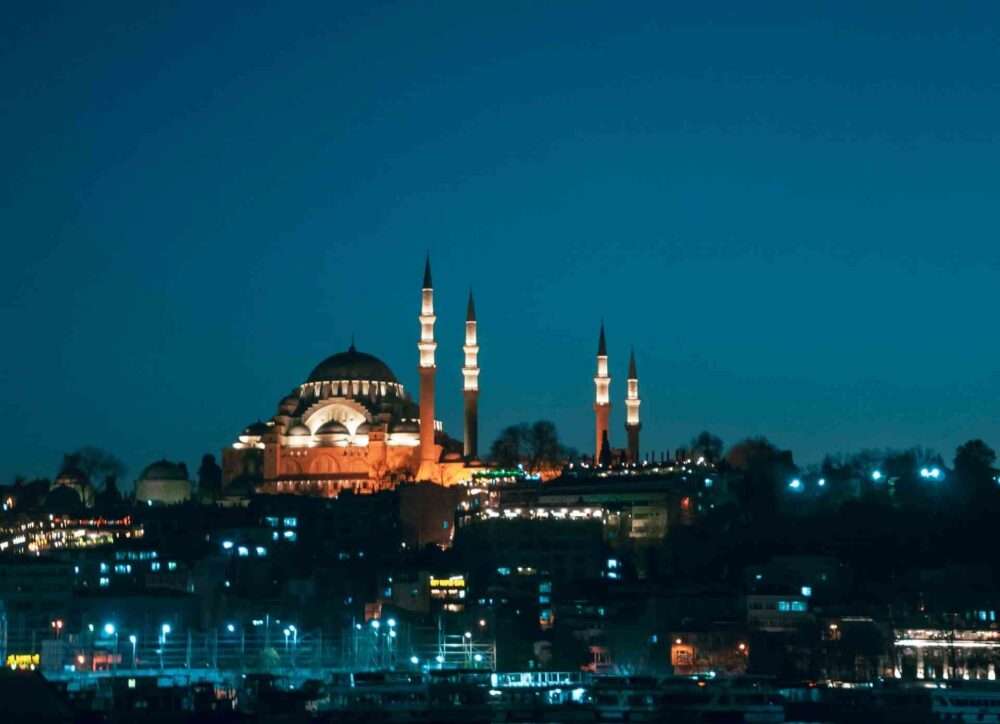
Table of Contents
Turkey is a country where the East meets the West. Often known for its rich history, beautiful landscapes, and warm hospitality, it is a place where the beaches, and sometimes the kebabs, stretch as far as the eye can see. It’s a country that welcomes millions of tourists each year, who come to enjoy the bazaars, beaches, and, of course, all the lovely food. That’s not all, though; it also welcomes those with an interest in the realm of Dark Tourism in Turkey.
You see, beyond the veil of good food and natural beauty lingers a less talked about, shadowy side of Turkey – a side that dives into the depths of history and comes out with stories so gloomy that you might not believe if they weren’t recorded.
So, beware. This won’t be your usual cheerful holiday itinerary filled with foam parties and tips on which beaches are the best to doze off in. Buckle up, because we’re taking a detour into the dark corners and dusty alleys of Turkish history, where stories of murder and atrocity await!


From Istanbul, a scenic 4-hour drive along the Aegean followed by a calm ferry ride will take you to a place called Gallipoli, hailed as the darkest tourism destination in Turkey. As you get closer to your destination, you will find the Dardanelles Strait on the left but an entirely different scene on the right. You’ll begin to notice the tombstones of the fallen, placed sparsely at first and closer together as you near the war memorial. The journey itself to Gallipoli really makes for a perfect contrast to the destination.
Now, why, you ask, why does such a sight like this exist? Well, during World War I, the Allied forces of Russia (Britain and France), otherwise known as the Anzacs, attempted to take over the Dardanelles Strait in Gallipoli to open up a sea route to Russia. The mission was designed to leave the Ottomans too broken to fight the rest of the war. While the Allies knew that Gallipoli was the last hurdle before reaching the then-Ottoman capital of Istanbul, they were not able to win this attempt.
Instead, this battle turned into a muddy and bloody stalemate, where a death from one side would almost immediately be followed by a death on the other. The eight-month ordeal of suffering and bravery by sides left a death toll of over 130,000 (approx. the population of Wichita, KS).
Touring this war memorial, visitors usually describe an overwhelming feeling of eeriness mixed with sadness. The trenches, shell holes, and battlefields, once scenes of chaos and horrible destruction, now offer a peaceful setting for quiet reflection. The area is preserved with great respect, allowing you to think about the cost of war and the sacrifices made. While time and the locals have since washed away most traces of these events, one can still find many memories here of the events that took place.
As we head back to Istanbul, on the Asian side, away from the familiar noise of the city, sits the Haydarpaşa Cemetery. Unlike the more famous Eyüp Cemetery, Haydarpaşa might not be as popular of an addition to most people’s itineraries, that is, unless you’re going there for dark tourism. Haydarpaşa, a military cemetery, was put up by the British during the war to serve as the final resting place for fallen soldiers of the Commonwealth who died there in Istanbul. Here, the neatly placed graves, aligned in silent rows, house the souls of those lost far from home.
The cemetery’s proximity to the bustling Haydarpaşa Train Station also creates an interesting contrast. Like the Paris Catacombs, one is a center of life and excitement, while the other is a quiet space for reflection on the devastation of humankind. It’s a great chance to look at the world through the lenses of those less fortunate and realize the lasting impacts of decisions people made over a century ago.

On the hills of southwestern Turkey, near the popular holiday town of Marmaris, lies the hauntingly beautiful ghost town of Kayaköy. Kayaköy, also known as Levissi by the Greek Orthodox locals who enjoyed peaceful harmony with their Turkish neighbors for several centuries, that is, until the Greco-Turkish War of 1919.
Once a thriving community, Kayaköy now stands as a reminder of early 20th-century history. Here, you will be able take a walk thru the past, and possibly find a few things that go bump in the night. Many Turkish residents who moved to mainland Greece during this period and ended up sharing the same fate as those who stayed due to a lack of governmental support and cultural mismatch.
Today, the broken remains of a once flourishing settlement remain to be seen by visitors from all corners of the world looking for cheap real estate. To get to Kayakov, you can easily hop on a bus if you are staying in Marmaris or Fethiye. After witnessing the ruins, you can take a hike out to Oludeniz beach if you need to uplift your mood.
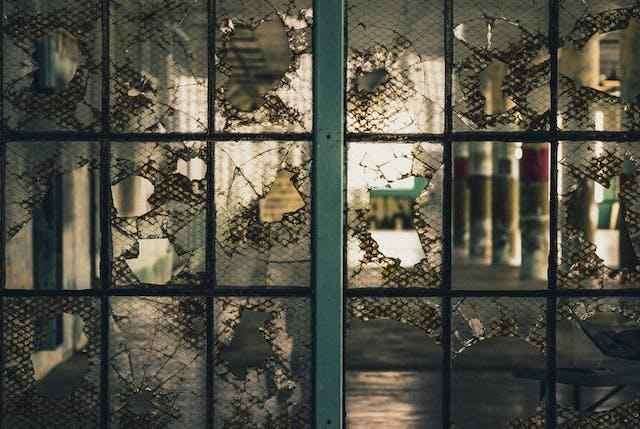
The next dark tourist site to visit is the Ulucanlar Prison. While exploring Turkey, if you ever find yourself in the capital, Ankara (likely the only city you’ll visit where there isn’t a beach) you should definitely check out Ulucanlar Prison. This former prison-turned museum is a unique and somewhat unconventional look into Turkey’s not-so-calm political past. It’s a place that tells a thousand stories – almost all doom and gloom, sure, but still fascinating.
As a matter of fact, Ulucanlar was Turkey’s first ever prison. And seeing as it’s made a top spot in this list, it’s probably fair to say that they might not have gotten off to a great start. It soon became known for hosting a variety of guests – and we’re not talking about the holidaying kind. If you were an intellectual in 1950s Turkey, you almost certainly had a bunk here at some point. Political prisoners, intellectuals, and artists paced its corridors at different times. So, despite its tough reputation for mistreatment and torture, Ulucanlar was a genuine hub of intellectual and political discourse.
The famous Turkish poet, Nazim Hikmet, would go on to reflect on his stay with poems like “Some Advice To Those Who Will Serve Time In Prison” that serves as a poignant reflection of his prison experience, though not specifically tied to Ulucanlar but a different prison he stayed in that we’ll also mention soon.

If you’re looking for something a bit further off the beaten path then Derinkuyu Underground City in Cappadocia is the spot for you. Because Derinkuyu isn’t just another historical site; it’s an entire city carved underground. Visiting it is like going down the steps to Moria from LOTR without the orcs. Here you’ll get a chance to navigate through narrow passageways and discover rooms that once buzzed with daily life. Well, not buzzing, but there were definitely people living there.
The tunnels date back to around the 7th or 8th century B.C. and were used by various peoples throughout history for protection against invasions. This underground city could easily house thousands of people and had everything a community needed to survive. Wine cellars, stables, churches, and even a school.
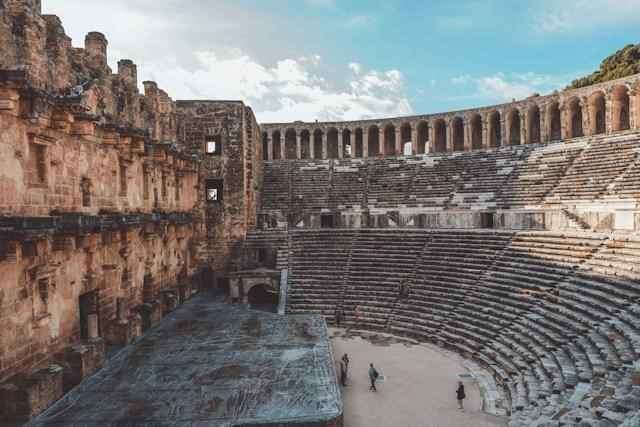
Built in the 2nd century AD during the reign of Marcus Aurelius, Aspendos Theatre is one of the best-preserved Roman theaters in the world. Back in its heyday, it could seat up to 15,000 spectators and was used for various events like political meetings, festivals, and of course, bloody gladiator bouts.
Walking into the theater feels like entering a grand, ancient auditorium. The stage, the orchestra pit, the seating area – these are still almost fully intact. You can almost hear the echoes of the audience’s applause and feel the excitement of show night in ancient times. The theater is crowded these days, especially during the summer. The locals hold concerts occasionally, and you might catch one if you’re lucky!
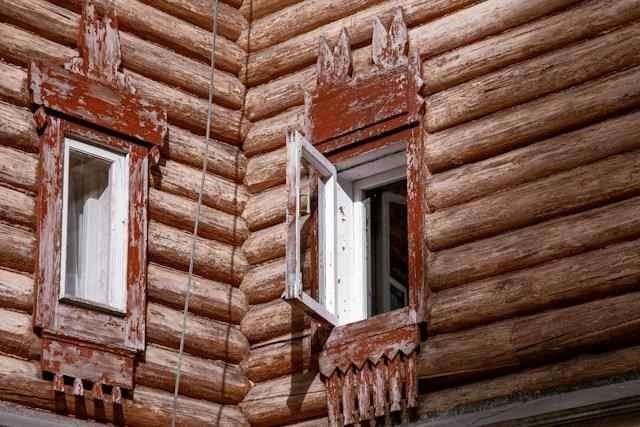
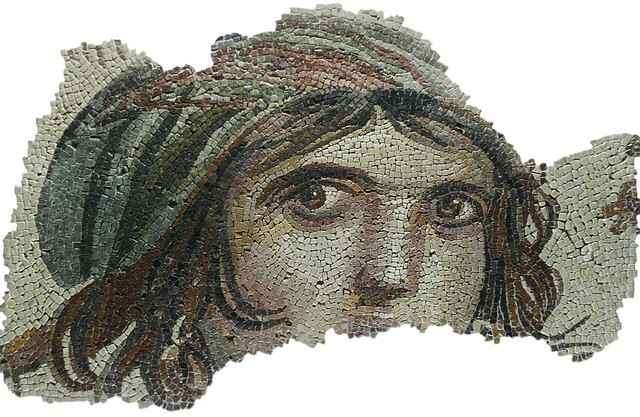
On the island of Büyükada, the largest of the Princes’ Islands next to Istanbul, is the odd and somewhat mysterious Rum Orphanage. The vast, now-abandoned orphanage, built as a symbol of ambition and wealth, was at one time one of the largest wooden buildings in Europe. It was initially built as a luxury hotel and casino in the late 19th century, but never served its intended purpose due to political and legal issues that came soon after its establishment.
It was later converted into an orphanage by the wife of a wealthy Greek banker, serving the Greek Orthodox community until its closure in the 1960s. Overall, this orphanage played a huge role in the lives of many children, providing shelter and education, this location had its share of challenges and controversies.
The city of Gaziantep in Eastern Anatolia is known mostly for three things: 1) the manufacturing industry, 2) kebabs, and 3) the Zeugma Mosaic Museum. The Zeugma Museum, one of the largest of its kind, houses hundreds of varieties of stunning mosaics unearthed from the ancient city of Zeugma. It’s a place where history isn’t just stored; it’s vividly brought to life through the assembly of colorful stones and stories.
It’s not without drama, however. The ancient city of Zeugma was founded by one of Alexander the Great’s generals. It functioned as a caravan stop on the famous Silk Road for quite some time. Then, it was partially submerged underwater when the Birecik Dam was built on the Euphrates River, which still serves as a perfect example of what not to do.
Luckily, the locals realized that so much ancient history was literally in the process of submerging underwater, a group of archeologists led an effort to unearth as many relics as possible before the artifacts were destroyed. One of the most famous artifacts that was saved is known as the “Gypsy Girl” mosaic. It is referred to as the Mona Lisa of the East and depicts a young girl with large gazing eyes.
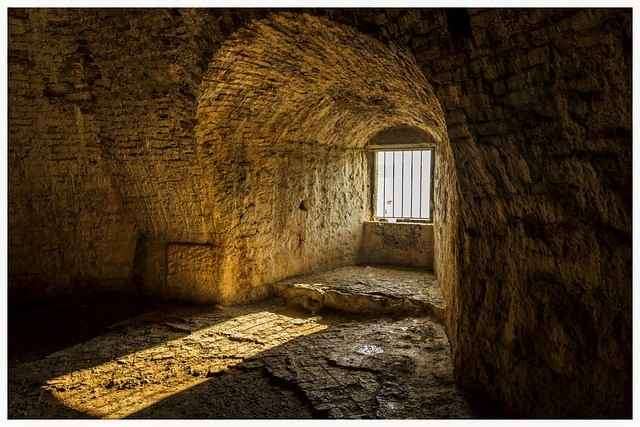
You thought we were done, right? Nope, we have one more stop for you. Sinop is a quaint little city on the Northern coast of Turkey. It doesn’t receive as many tourists as any of the other cities on the list, but it’s a wonder of nature in its own right. This town is mainly known for its quiet beaches, a few coves here and there, great seafood, and of course, the massive castle of torture overlooking it.
This prison has a long and complex history. Initially constructed as a fortress during the Byzantine era, it witnessed various phases of use and transformation, eventually serving as a prison until its closure in 1997. Conditions inside the prison were pretty grim, and its location left inmates open to severe weather conditions, especially in winter. The cells were small and very overcrowded and had limited access to natural light and fresh air. Reports and accounts from former inmates noted the psychological strain of incarceration here that was compounded by physical hardships. While creepy, this location is well-worth the visit.
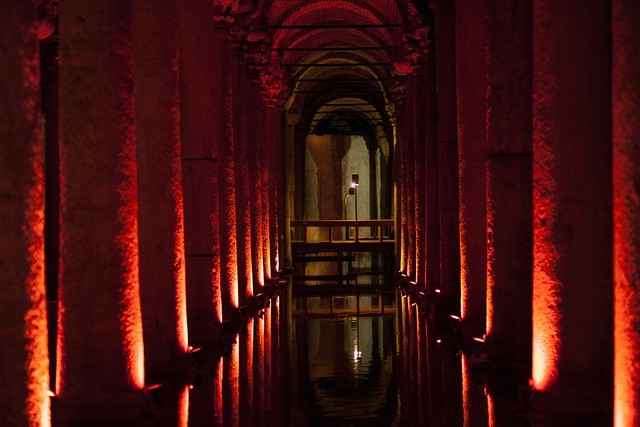
Now that you’ve reviewed the 9 Best Dark Tourist sites in Turkey, you can pick and choose which horrors you’d like to relive. Hopefully, you can tell now that Dark Tourism doesn’t just have to be about witnessing the remnants of the past, but connecting with the stories, the struggles, and the spirits that have shaped this land and its people. Whether it is walking through the quiet halls of Ulucanlar Prison, feeling the weight of history in Gallipoli, or going back in time to the architectural wonder of Aspendos Theatre, each site can offer a unique perspective and a moment of reflection.
As we wrap up our tour of Turkey’s darker side, we hope that we were able to help build a deeper appreciation for the shadows of history and the light they can shed on our understanding of the world. Turkey, with its blend of beauty and melancholy, tradition and tragedy, is a country that truly encapsulates the full monty of human experience. No matter which dark tourist location you choose, never forget to Travel till you drop!


Hi, Jill Here
Hi! I’m Jill, a Dallas, Texas girl traveling the world. After a career in the Air Force and touring over 50 countries later, my need to explore keeps going! It’s time to rock & roll and find all those places I never knew I was missing.
Table of Contents
Join me to get exclusive travel tips, giveaways and more!
Gallery
Copyright © 2023 | All Right Reserved